A Year That Defied the Trend
In an industry known for its consistent improvements in safety, 2024 marked an unexpected and troubling reversal. According to global aviation data:
- Fatalities: Over 360 deaths in commercial airline accidents
- Major accidents: 9 globally (defined by hull loss or fatalities)
- Deadliest incident: Japan Airlines Flight 516, Tokyo Haneda – 128 fatalities
- Comparison: Most fatal year since 2018, which saw over 500 deaths
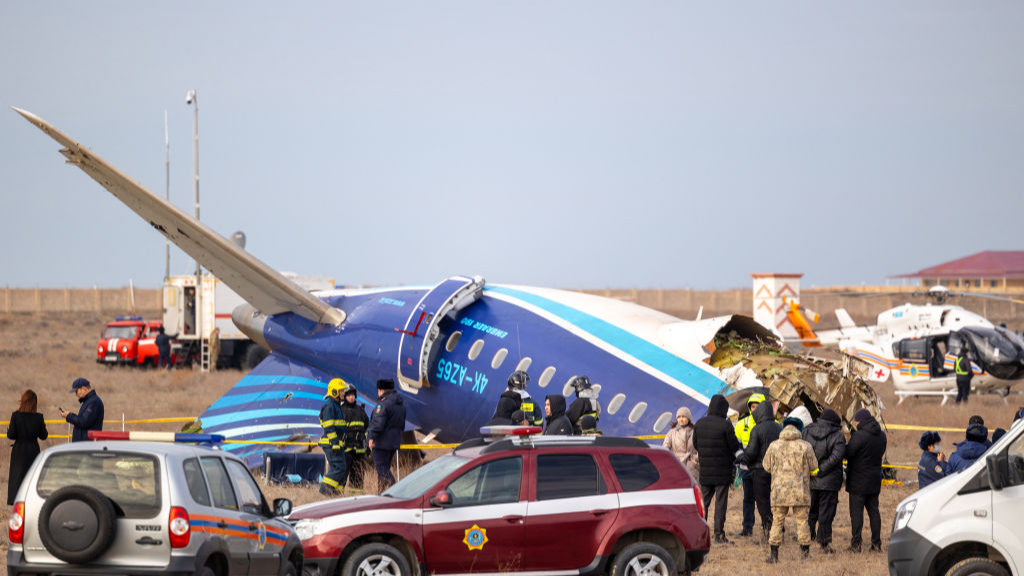
While air travel volume in 2024 neared pre-COVID levels, accident rates outpaced traffic growth. The result: an erosion of confidence in what has historically been the safest mode of mass transport.
Incident Breakdown
The year's most significant accidents included a mix of human error, mechanical failure, and airspace congestion:
| Date | Flight | Location | Fatalities | Cause (Preliminary) |
|---|---|---|---|---|
| Jan 2 | JAL 516 | Tokyo, Japan | 128 | Runway collision on landing |
| Apr 9 | Eastern Express 404 | Turkey | 58 | Suspected navigation error |
| Jul 22 | Gol Linhas 7361 | Brazil | 41 | Engine failure after takeoff |
| Oct 13 | Royal African 205 | Central Africa | 91 | ATC miscommunication, terrain |
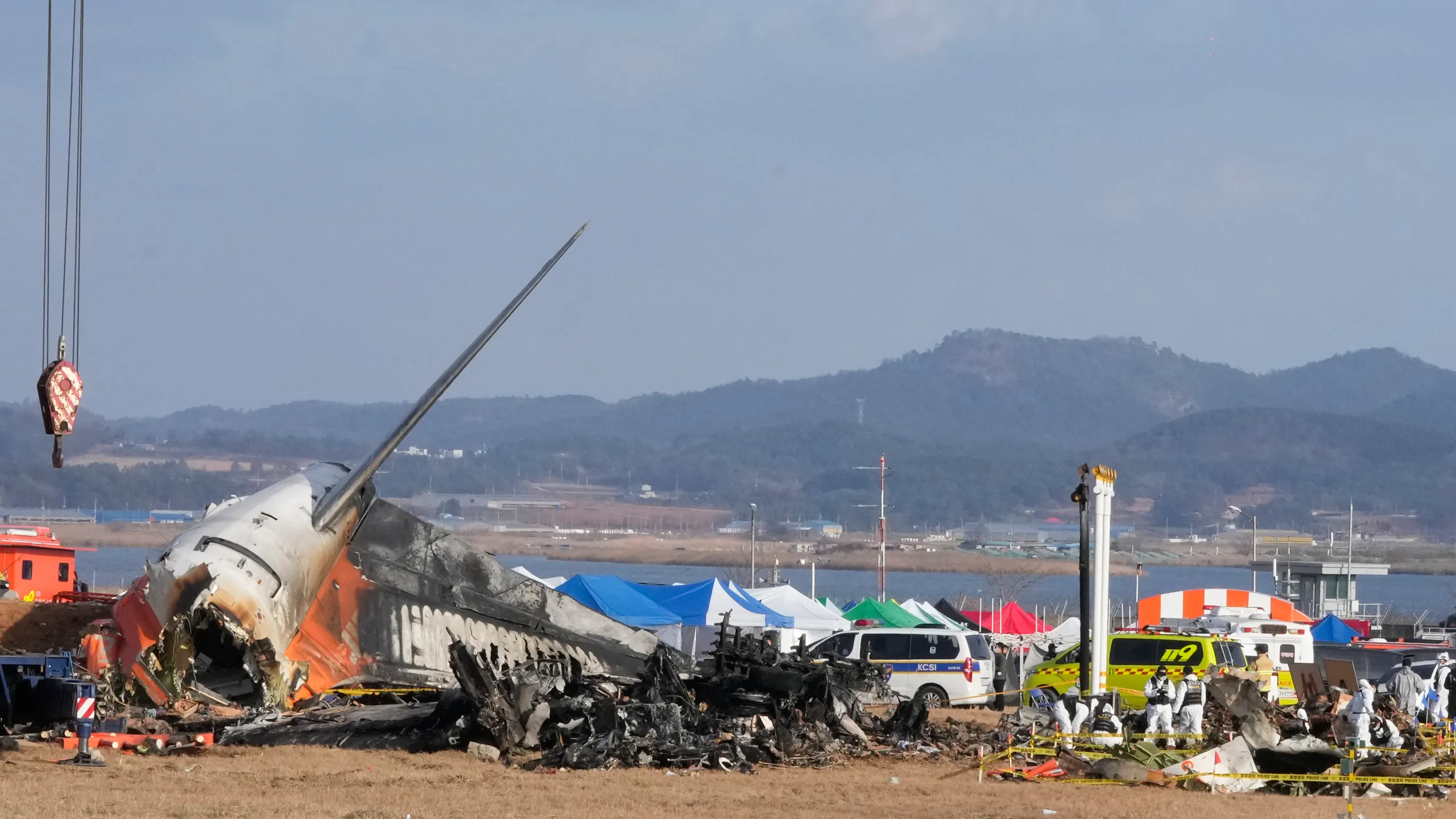
Contributing Factors
The spike in accidents was not attributed to a single cause, but several systemic stressors:
1. Post-COVID Operational Gaps
Many carriers, particularly in developing markets, reactivated grounded aircraft and rehired pilots under compressed timelines. Aircraft parked for long durations require extensive checks and not all maintenance was performed to recommended depth.
2. Pilot Proficiency
Training backlogs and a shortage of experienced crew led to reduced simulator hours and less time under supervised flights, especially in low-cost carrier networks.
3. Airspace Congestion
Regions with outdated ATC infrastructure, such as parts of Africa, Southeast Asia, and Eastern Europe, experienced notable near misses and procedural errors.
4. Deferred Maintenance
Smaller operators delayed or minimized maintenance work due to economic constraints and parts shortages, especially for older regional jets and turboprops.
Aircraft Types Involved
Interestingly, there was no concentration of incidents involving a specific aircraft model or manufacturer. Fatal accidents occurred across both Western-built jets and Soviet-era or Chinese regional aircraft.
| Aircraft Model | Incidents (Fatal) | Comments |
|---|---|---|
| Airbus A320 family | 2 | Common, high-use platform |
| Boeing 737 NG/MAX | 2 | Includes runway and engine failure |
| Embraer E190 | 1 | Older variant with incomplete service |
| Antonov An-26 | 1 | Aging turboprop, limited spares |
| COMAC ARJ21 | 1 | Runway overrun, weather-related |
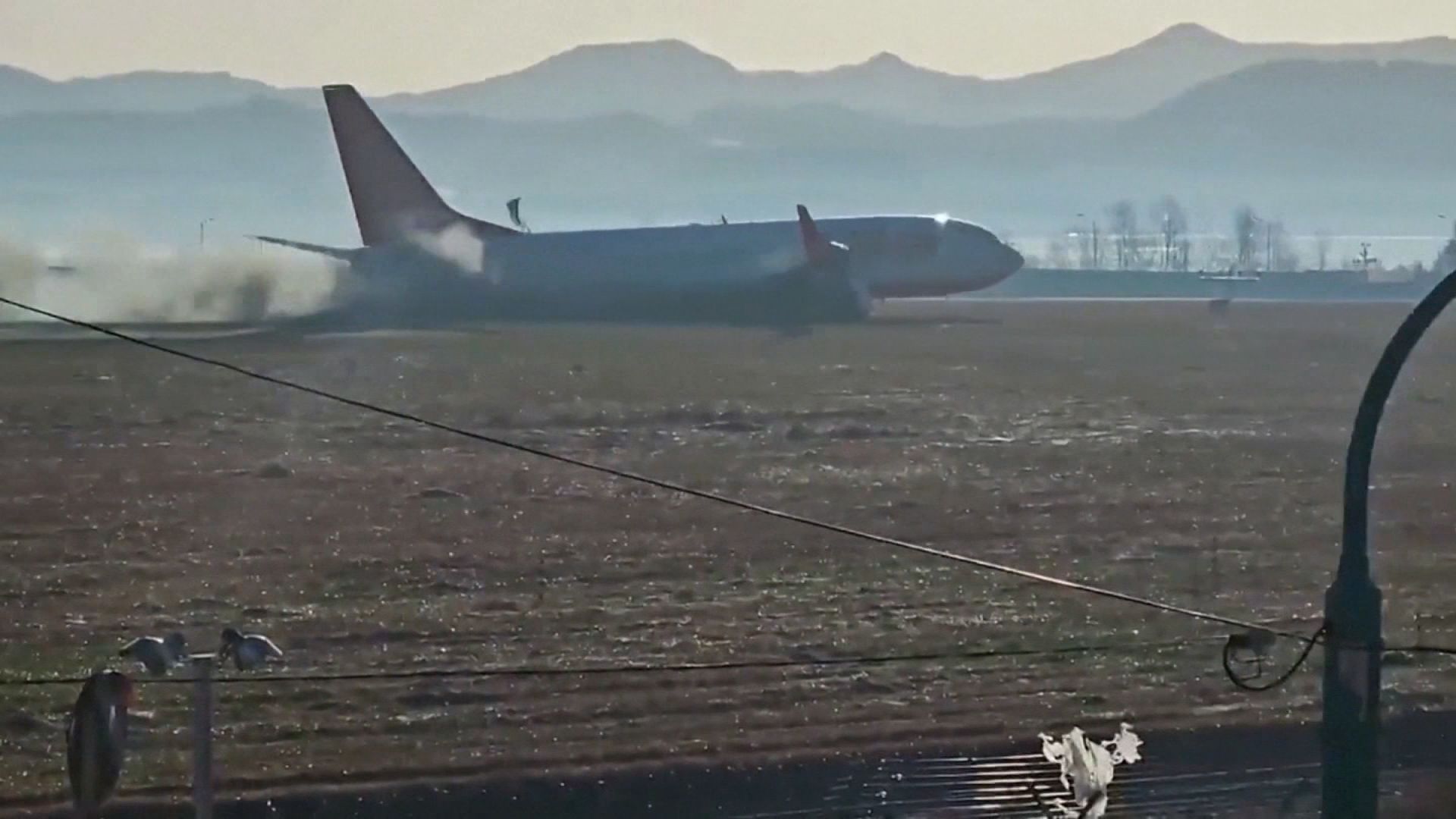
Regulatory Response
Regulatory agencies responded swiftly:
- FAA: Issued bulletins on landing gear and terrain awareness systems for narrow-body jets
- EASA: Mandated enhanced recurrent training for pilots returning from long leave
- ICAO: Called for renewed international cooperation on runway incursion prevention
Some countries also suspended operating licenses for regional carriers with repeated violations or safety deficiencies.
Industry Reaction
Major airline groups have acknowledged the crisis. Several high-profile carriers (Lufthansa, Singapore Airlines, Delta) have voluntarily increased inspection frequency and doubled simulator hours for returning pilots.
Safety consultants suggest that while international carriers are generally compliant, smaller domestic operators remain the weak point in global aviation's safety architecture.
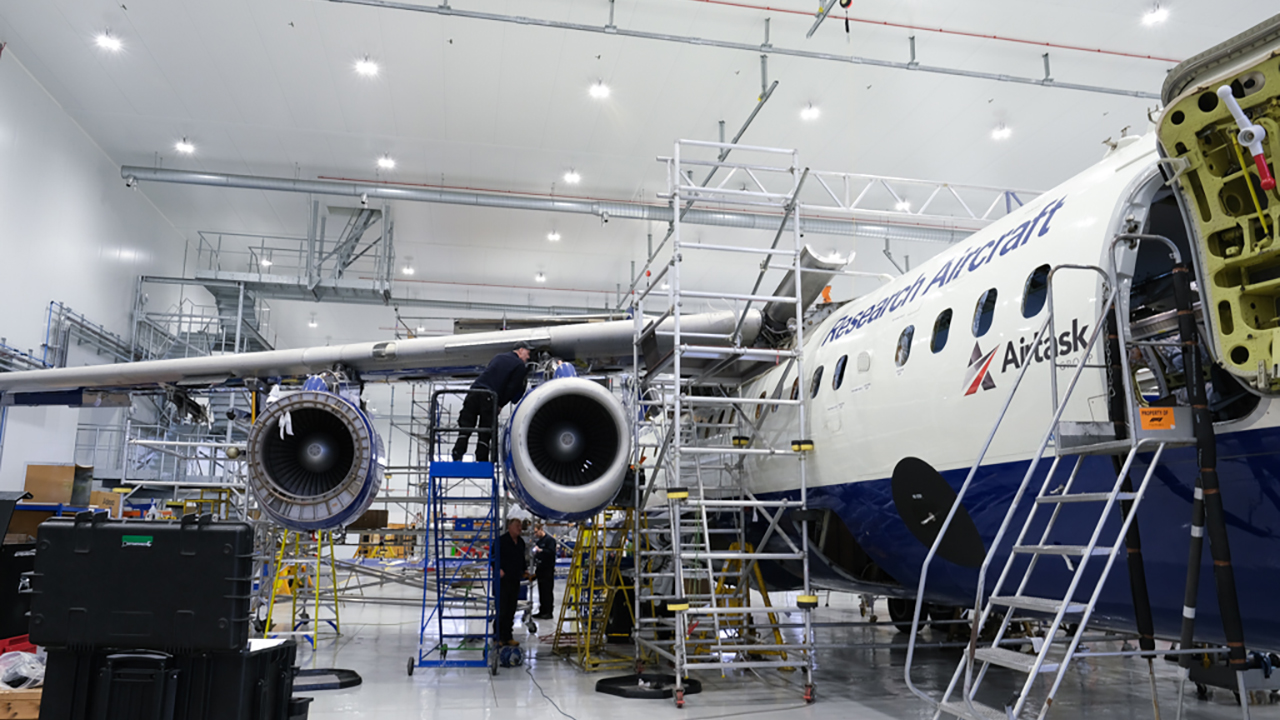
Outlook: What Must Change
If 2024 offers any lesson, it's that aviation safety must be proactively defended, not assumed. Among the key recommendations from safety boards and independent analysts:
- Implement data-driven maintenance tracking (e.g., digital twins, predictive analytics)
- Expand cross-border pilot proficiency standards and simulator interoperability
- Prioritize funding for ATC modernization in underserved regions
- Reinforce audit programs for charter and regional airlines
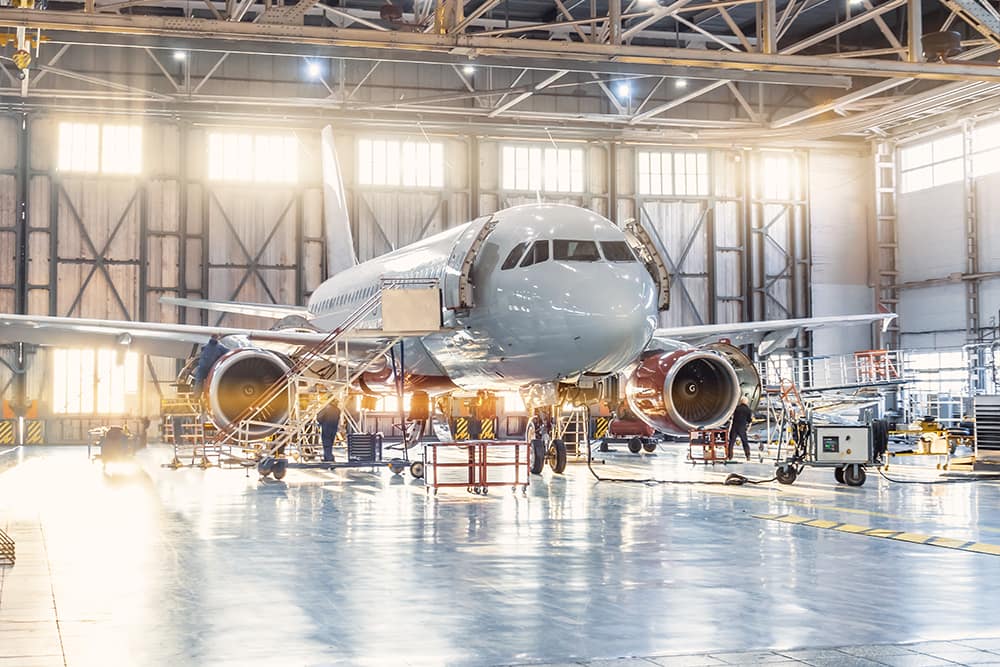
Conclusion
Commercial aviation remains statistically safe safer than road or rail. But 2024's casualty spike is a reminder: safety is not a static achievement. It's a dynamic target that must be continually re-earned through investment, vigilance, and accountability.
Without comprehensive reforms, 2024 may be seen not as an anomaly but as the start of a disturbing pattern.
Back to All Articles